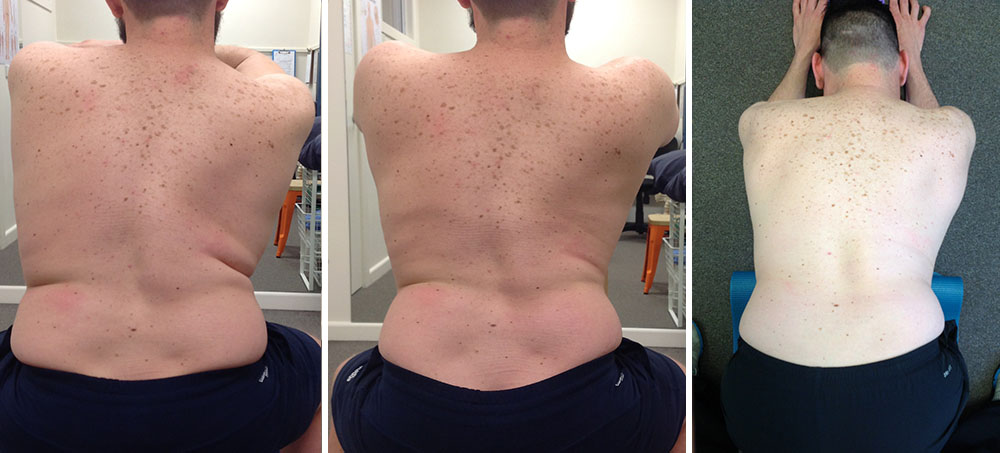Congenital scoliosis is when scoliosis is evident at birth
Congenital scoliosis is the result of malformed vertebrae during foetal development. Some vertebrae are partially formed and present as triangular shapes on x-ray, others lack separation between them.

Congenital scoliosis is the least common type of scoliosis, affecting 1 in every 10,000 people. It is not believed to be hereditary.
Congenital curves can progress quite rapidly during the child’s growth spurts, most commonly the adolescent growth spurt and the infantile growth spurt (1-3 years old). Unfortunately bracing is usually unable to correct or cease the progression of congenital curves, though it has application in trying to control any compensatory curves that may arise.
Congenital scoliosis is sometimes associated with other system anomalies such as those of the auditory, heart, nervous and renal systems. Regular supervision by the relevant specialists is very important, especially while still growing and surgical intervention may be required to prevent compromise of the system functions.
The role of Schroth is to minimise pain, improve spinal stabilisation, minimise postural collapse, improve aesthetics and maintain function and quality of life.
